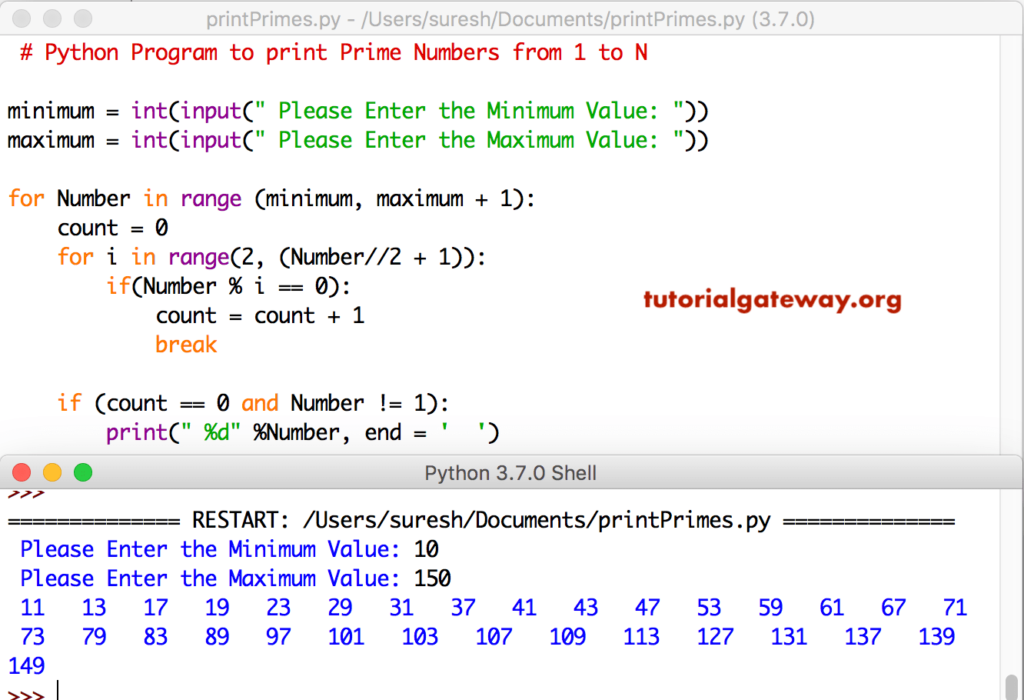
then count the number of activities after the last work activity if there is then count the number of activities between the two work activities,Į. then identifies the last work in the string if there is more than oneĭ. then counts the number of activities before this first work activityĬ. identifies the first work in the string variable,ī.

This means I am looking for a function in R that:Ī. I want to count the number of secondary activities before the first primary activity, inbetween two primary activities after the last primary activity for each tour.

In Transport planning we group activities in primary (work and education) and secondary activities (everything else). I have a string variable tours in my dataframe df that represents the different stops an individuum did during a journey. I am stucked with a string counting issue and could not find any helpful post so far maybe someone here can help me: David holds a doctorate in applied statistics. His company, Sigma Statistics and Research Limited, provides both on-line instruction and face-to-face workshops on R, and coding services in R. To see the rest of the R is Not So Hard! tutorial series, visit our R Resource page.Ībout the Author: David Lillis has taught R to many researchers and statisticians. Now let’s use the count function to count the threes in the vector b. Note the syntax involved in setting up a function in R. Here we create two functions one for finding counts, and the other forĬount <- function(x, n) You can find counts and percentages using functions that involve length(which()). Note that sum(), length() and length(which()) all provide mechanisms for counting elements. Again, if you use the sum() and mean() function you must be very careful to ensure that your output is what you intended. That syntax found the proportion of elements meeting the criterion rather than the mean. We see that sum(b < 7) counts the number of elements that are TRUE. FALSE TRUE TRUE TRUE TRUE TRUE TRUE TRUE TRUE FALSE FALSE FALSE TRUE Both work on logical vectors whose elements are either TRUE or FALSE. Be aware of the meaning of syntax like sum(b < 7). This syntax gives a count rather than a sum. R PROVIDES ANOTHER ALTERNATIVE THAT NOT EVERYONE KNOWS ABOUT Here, we have the elements of b, such that the elements are less than 7. For such operations using square brackets, I like to use the words “such that”. Here is an alternative approach, also using the length() command, but also using square brackets for sub-setting: In fact, you can count the number of elements that satisfy almost any given condition.
#Counting loop in r how to
We have learned how to subset objects by index.Combining the length() and which() commands gives a handy method of counting elements that meet particular criteria.ī <- c(7, 2, 4, 3, -1, -2, 3, 3, 6, 8, 12, 7, 3) The ‘trick’ here is that the relative position changes trough the : Set over which the variable iterates.

Vector defines how often the action inside the loop is executed. Loops in R always iterate over a sequence (a vector), where the length of the The simplest and most frequently used type of loops is the for loop. 15.2.4 Test driven development by example.10.5 Replacing/deleting/adding variables.Vectors and vectors (non-matching lengths).


 0 kommentar(er)
0 kommentar(er)
